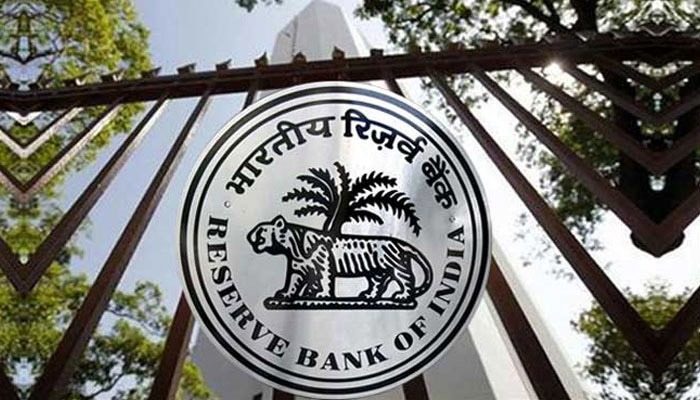The Reserve Bank of India (RBI), on 2 November 2021, released a notification for revised Prompt Corrective Action (PCA) framework for scheduled commercial banks. The revisions will be effective from 1 January 2022.
The definition of scheduled commercial banks excludes small finance banks, payment banks and regional rural banks. However, the PCA framework applies to all banks operating in India, including foreign banks operating through branches or subsidiaries, based on the set breach of risk thresholds of the indicators.
The focus areas for monitoring in the revised framework are capital, asset quality and leverage. The indicators to track the focus areas are CRAR/Common Equity Tier I ratio, Net NPA ratio and Tier I Leverage ratio.
The objective of the PCA framework is to provide supervisory interventions and enable the supervised entity to initiate and implement remedial actions to restore financial health on time. It is also a tool for effective market discipline. The RBI has full authority to take any actions as it deems necessary in addition to the corrective actions prescribed in the PCA framework.
Banks are under the framework by the Audited Annual Financial results and the ongoing supervisory assessments by the RBI. Banks can exit from the PCA framework if there are no breaches in risk thresholds in parameters in four continuous financial statements, including the Audited Annual Financial Statement. The RBI’s assessment, which includes an assessment of the bank’s sustainability of profitability, is the other condition.
The central bank has also released the three types of risk thresholds with the mandatory and discretionary actions. The mandatory actions for risk threshold 1 are restrictions on dividend distribution or remittance of profits and promoters or owners or parents (in the case of foreign banks) to bring in capital.
The mandatory action for risk threshold 2 is in addition to the previous actions; there is also a restriction on branch expansion. For risk threshold 3, there will be restrictions on capital expenditure, excluding technological upgrades along with the restrictions levied for risk thresholds 1 and 2.
For any clarifications/feedback on the topic, please contact the writer at jyotsna.singh@cleartax.in.
I am a Content Writer at Clear. Apart from writing, I enjoy reading, listening to music and exploring different ideas and crafts.





